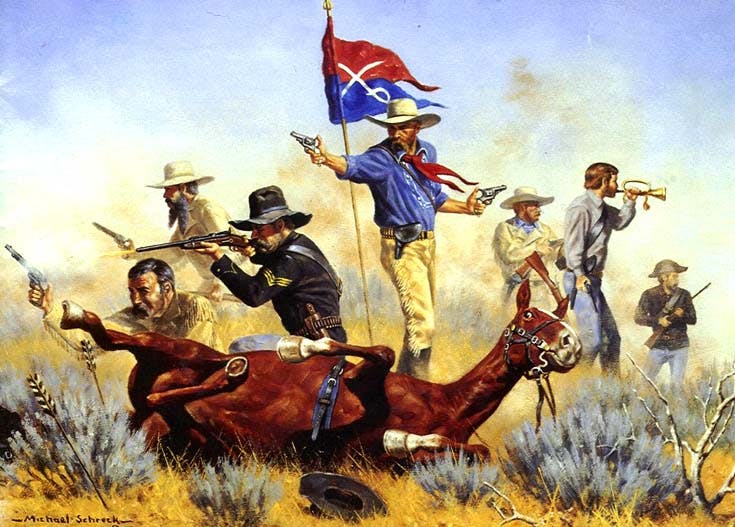Editor’s Note: As I wind down as Editor of TLNT — yes, I’m leaving in April — I wanted to share some of my all-time favorite TLNT posts. Here’s one from June 2012.
Once upon a time, I made the case we should celebrate June 25 as “Bad Management Day,” a day when we reflect on all the terrible management decisions made by the many overpaid egomaniacs who wouldn’t know what management was if it walked up and bit ’em
Why June 25?
It’s because June 25, 2016 is the 140th anniversary of one of the worst management decisions of all time.
On June 25, 1876, Lt. Col. George Armstrong Custer made a fateful management decision to split his forces and engage an overwhelmingly superior force of more than 2,500 Lakota Sioux, Cheyenne and Arapaho warriors with only about 210 members of the 7th U.S. Cavalry along the Little Bighorn River in what is now southeastern Montana.
Custer’s five bad decisions
History is made of such decisions, and so it was for Custer, who paid dearly for his. He paid with his life — and the lives of two of his brothers, a nephew, a brother-in-law, and all those under his command — in an engagement long remembered as the Battle of the Little Bighorn, or “Custer’s Last Stand.”
Giving your life is the ultimate price for a bad decision, but Custer’s decision-making was especially poor in a number of different ways.
